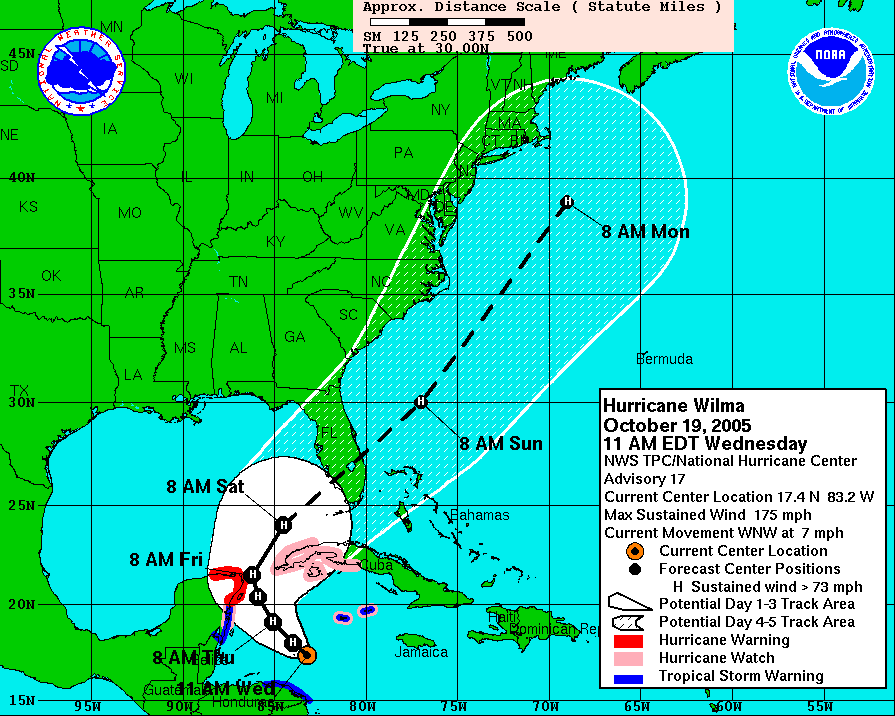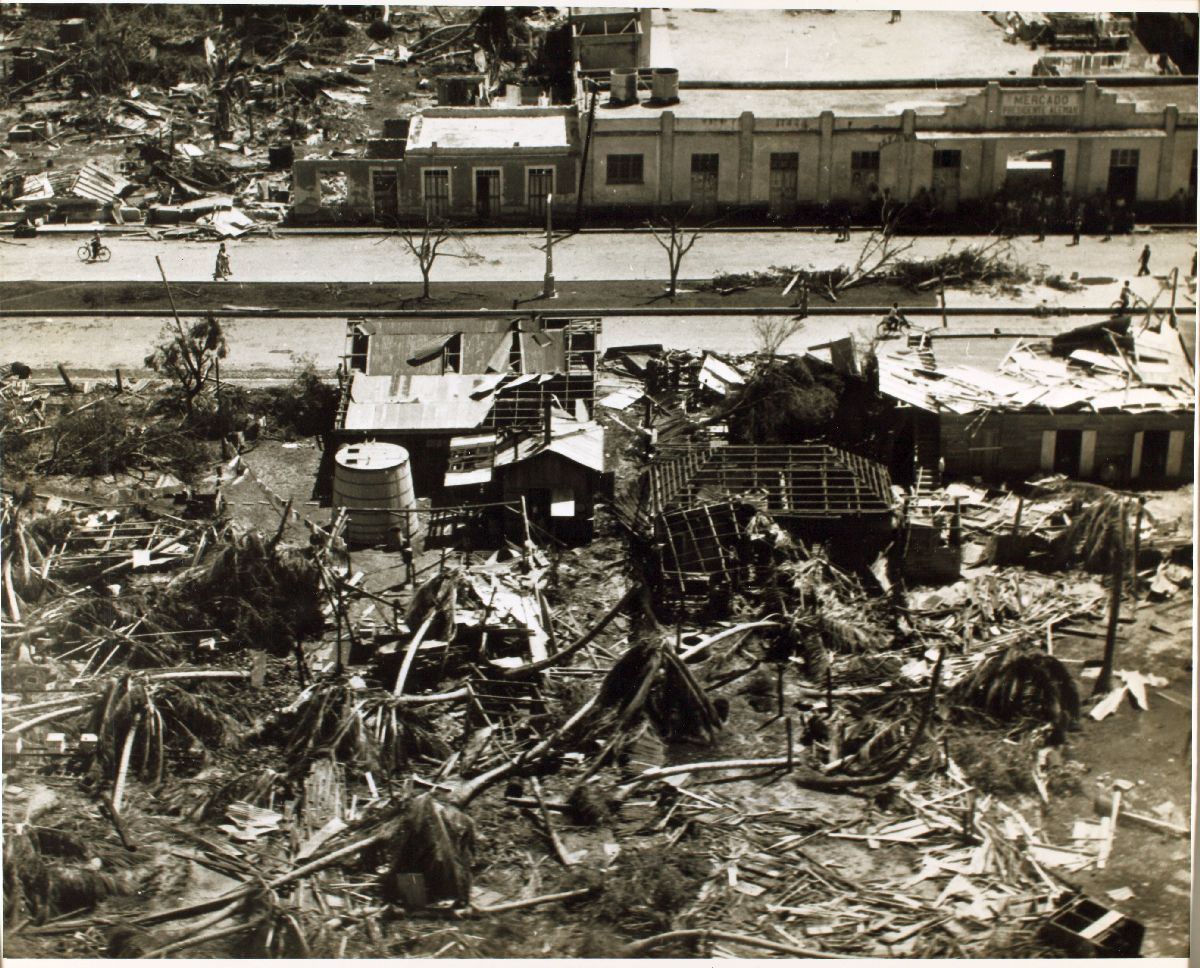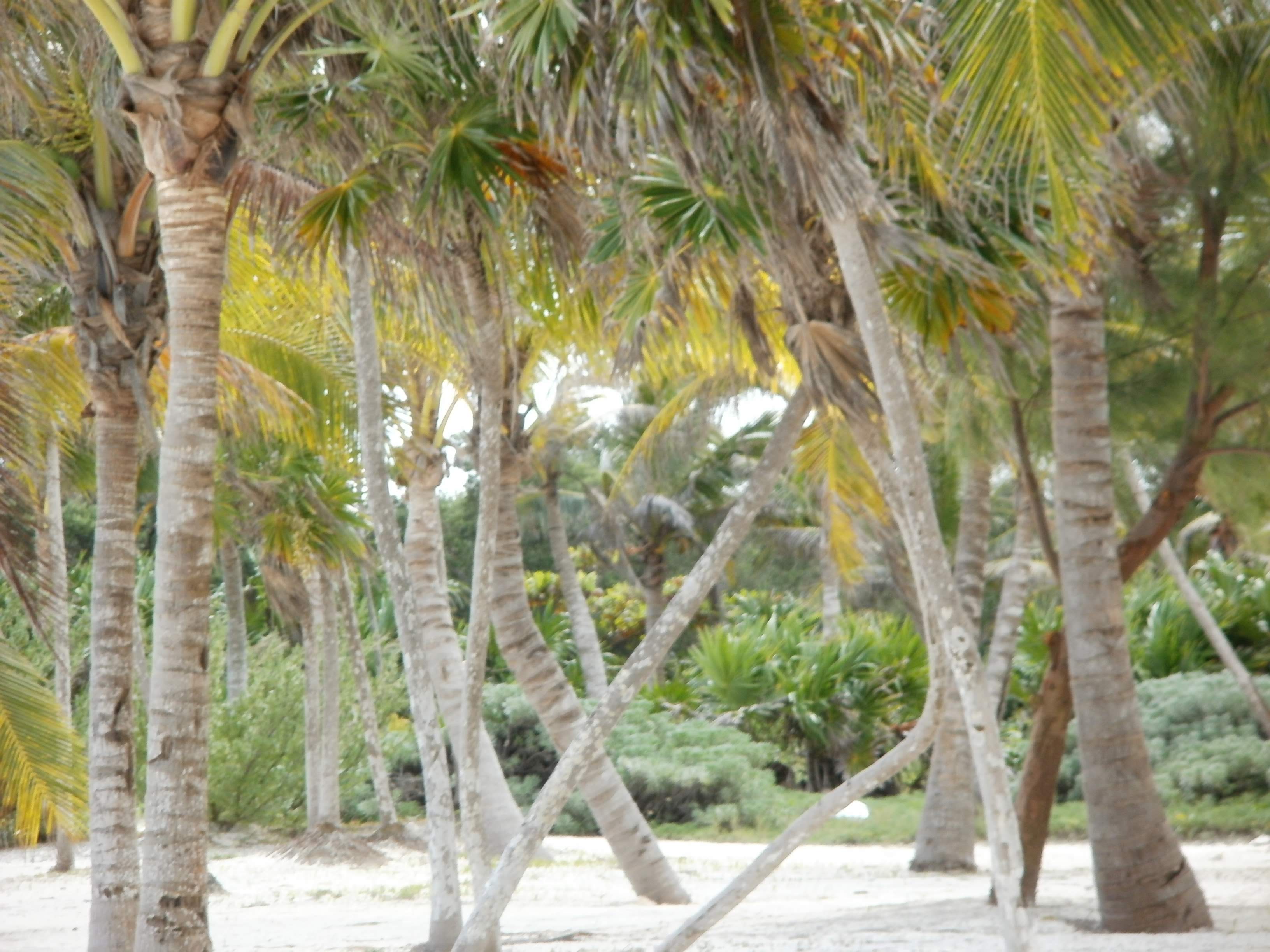|
Sistema Quintanarroense De Comunicación Social
The Sistema Quintanarroense de Comunicación Social (SQCS, English: ''Quintana Roo Social Communication System'') is the state broadcaster of the Mexican state of Quintana Roo, founded on January 30, 1985. It operates several television and radio stations in the state. Radio The SQCS entered radio with a three-station AM network, with transmitters at Chetumal, Cancún and Felipe Carrillo Puerto broadcasting on 860 kHz. The first of the three to come to air was XECTL-AM "Radio Chetumal", still in operation, which signed on May 4, 1985. XECCN-AM 860 in Cancún, known as Radio Caribe, took to the air on June 24 that year, and the radio service extended to Felipe Carrillo Puerto with Radio Chan Santa Cruz XECPR-AM the next year. The SQCS later added a fourth AM station when it built Radio Riviera XERRIV-AM 1180 in Playa del Carmen. XECCN and XERRIV no longer operate. The state government obtained permits for new FM services in 2000. XHCBJ-FM 106.7 Cancún, branded as Caribe FM, signed ... [...More Info...] [...Related Items...] OR: [Wikipedia] [Google] [Baidu] |
Quintana Roo
Quintana Roo ( , ), officially the Free and Sovereign State of Quintana Roo ( es, Estado Libre y Soberano de Quintana Roo), is one of the 31 states which, with Mexico City, constitute the 32 federal entities of Mexico. It is divided into 11 municipalities and its capital city is Chetumal. Quintana Roo is located on the eastern part of the Yucatán Peninsula and is bordered by the states of Campeche to the west and Yucatán to the northwest, and by the Orange Walk and Corozal districts of Belize, along with an offshore borderline with Belize District to the south. As Mexico's easternmost state, Quintana Roo has a coastline to the east with the Caribbean Sea and to the north with the Gulf of Mexico. The state previously covered and shared a small border with Guatemala in the southwest of the state. However, in 2013, Mexico's Supreme Court of Justice of the Nation resolved the boundary dispute between Quintana Roo, Campeche, and Yucatán stemming from the creation of the Calakm ... [...More Info...] [...Related Items...] OR: [Wikipedia] [Google] [Baidu] |
Hurricane Wilma
Hurricane Wilma was an extremely intense and destructive Atlantic hurricane which was the most intense storm of its kind and the second-most intense tropical cyclone recorded in the Western Hemisphere, after Hurricane Patricia in 2015. Part of the record-breaking 2005 Atlantic hurricane season, which included three of the ten most intense Atlantic hurricanes in terms of barometric pressure (along with #4 Rita and #7 Katrina), Wilma was the twenty-second storm, thirteenth hurricane, sixth major hurricane, fourth Category 5 hurricane, and the second-most destructive hurricane of the 2005 season. Its origins came from a tropical depression that formed in the Caribbean Sea near Jamaica on October 15, headed westward, and intensified into a tropical storm two days later, which abruptly turned southward and was named ''Wilma''. Wilma continued to strengthen, and eventually became a hurricane on October 18. Shortly thereafter, explosive intensification occurred, and in only 24 hou ... [...More Info...] [...Related Items...] OR: [Wikipedia] [Google] [Baidu] |
Felipe Carrillo Puerto
Felipe Carrillo Puerto (8 November 1874 – 3 January 1924) was a Mexican journalist, politician and revolutionary who became known for his efforts at reconciliation between the Yucatec Maya and the Mexican government after the Caste War. He was governor of the Mexican state of Yucatán from 1922 to 1924. Prerevolution and personal life Carrillo Puerto was born in the town of Motul, Yucatán, 45 km northeast of Mérida, and was of partly indigenous Maya background; he was rumored to be a descendant of the Nachi Cocom dynasty of Mayapan. His parents were the merchant Justiniano Pasos Carrillo Puerto and his wife Adelaide Solis. He was one of fourteen children, thirteen of whom lived into adulthood. Although his family were Spanish speakers, he also grew up speaking Maya (Mayathan), the language of the neighborhood children. He was a socialist who favored land reform, women's suffrage, and rights for the indigenous Maya people. As a teenager during the Caste War, he was ... [...More Info...] [...Related Items...] OR: [Wikipedia] [Google] [Baidu] |
Chetumal
Chetumal (, , ; yua, label=Yucatec Maya, Chactemàal , ) is a city on the east coast of the Yucatán Peninsula in Mexico. It is the capital of the state of Quintana Roo and the municipal seat of the Municipality of Othón P. Blanco. In 2020 it had a population of 169,028 people. The city is situated on the western side of Chetumal Bay, near the mouth of the Río Hondo. Chetumal is an important port for the region and operates as Mexico's main trading gateway with the neighboring country of Belize. Goods are transported via a road connecting Chetumal with Belize City to the south, and also via coastal merchant ships. There is a commercial airport, Chetumal International Airport, with airline service. Because of its location on the Caribbean coastline, it is vulnerable to tropical cyclones; Hurricane Janet and Hurricane Dean, both Category 5 storms, made landfall near Chetumal in 1955 and 2007 respectively. History In Pre-Columbian times, a city called Chactemal (sometimes ... [...More Info...] [...Related Items...] OR: [Wikipedia] [Google] [Baidu] |
Cancún
Cancún ( ), often Cancun in English (without the accent; or ) is a city in southeast Mexico on the northeast coast of the Yucatán Peninsula in the Mexican state of Quintana Roo. It is a significant tourist destination in Mexico and the seat of the municipality of Benito Juárez Municipality, Quintana Roo, Benito Juárez. The city is on the Caribbean Sea and is one of Mexico's easternmost points. Cancún is just north of Mexico's Caribbean coast resort area known as the Riviera Maya. Etymology and coat of arms According to early Spanish sources, the island of Cancún was originally known to its Maya peoples, Maya inhabitants as ( yua, niʔ suʔuk), meaning either 'Wiktionary:promontory, promontory' or 'point of grass'. The name ''Cancún'', ''Cancum'' or ''Cankun'' first appears on 18th-century maps. In older English-language documents, the city's name is sometimes spelled ''Cancoon'', an attempt to convey the sound of the name. ''Cancún'' is derived from the Mayan name ... [...More Info...] [...Related Items...] OR: [Wikipedia] [Google] [Baidu] |
Playa Del Carmen
Playa del Carmen, known colloquially as 'Playa', is a Resort town, resort city located along the Caribbean Sea in the state of Quintana Roo, Mexico. It is part of the municipality of Solidaridad, Quintana Roo, Solidaridad. As of 2020, the city's population was just over 300,000 people, a small yet thriving portion of which are foreign Expatriate, expats. Playa del Carmen is a popular tourist destination in Mexico's Riviera Maya region. Its current growth rate is set at 25% per year. According to the Guinness World Records, it one of Latin America’s fastest growing communities. In 2016, the city was the tenth most popular international travel destination for U.S travelers, and over a million tourists passed through the city a year later. The main airport for Playa is the Cancún International Airport, which is around 70 km away. This airport ranks tenth in terms of international passengers worldwide and is the List of the busiest airports in Mexico, second busiest in Mexico ... [...More Info...] [...Related Items...] OR: [Wikipedia] [Google] [Baidu] |
Imevisión
The Instituto Mexicano de la Televisión (''Mexican Television Institute''), known commercially as Imevisión after 1985, was a state broadcaster and federal government agency of Mexico. At its height, Imevisión programmed two national networks and additional local stations in Mexico City, Chihuahua, Ciudad Juárez, Guadalajara, Mexicali, Tijuana and Monterrey. As the Mexican government moved toward privatization, and in light of financial sustainability issues, most of Imevisión was sold in 1992 to a group headed by Ricardo Salinas Pliego, which came to be known as Televisión Azteca. The government retained one of Imevisión's local stations, in Mexico City, and converted it into a cultural channel under the auspices of Conaculta. History 1972–83: The government gets into television On March 15, 1972, the federal government expropriated the assets of Mexico City television station XHDF-TV, channel 13, as payment for debts the station held to state financier SOMEX. Th ... [...More Info...] [...Related Items...] OR: [Wikipedia] [Google] [Baidu] |
José María Morelos, Quintana Roo
José María Morelos is the municipal seat and largest city in José María Morelos Municipality in the Mexican state of Quintana Roo. According to the 2010 census, the city's population was 11,750 persons. José María Morelos was established in the 19th century with the purpose of exporting wood and . It was originally called Kilómetro 50, since it was from . When Quintana Roo became a state in 1974, the place was renamed after the revolutionary rebel leader |
Canal Once (Mexico)
Once (Eleven; formerly Once TV México and Canal Once) is a Mexican educational broadcast television network owned by National Polytechnic Institute. The network's flagship station is XEIPN-TDT channel 11 in Mexico City. It broadcasts across Mexico through nearly 40 TV transmitters and is required carriage on all Mexican cable and satellite providers. The network also operates an international feed which is available in the United States and Venezuela via satellite from DirecTV and CANTV, via online from VEMOX, VIVOplay and also on various cable outlets, on "Latino" or "Spanish" tiers. Most of its programs are also webcast through the Internet, though its programming is not the same as the actual broadcasters or satellite signal. History The network began broadcasting on March 2, 1959, when its flagship station became the first non-profit educational and cultural television station in Mexico, owned and operated by a Mexican institution of higher education. The television cha ... [...More Info...] [...Related Items...] OR: [Wikipedia] [Google] [Baidu] |
Public Television In Mexico
In public relations and communication science, publics are groups of individual people, and the public (a.k.a. the general public) is the totality of such groupings. This is a different concept to the sociological concept of the ''Öffentlichkeit'' or public sphere. The concept of a public has also been defined in political science, psychology, marketing, and advertising. In public relations and communication science, it is one of the more ambiguous concepts in the field. Although it has definitions in the theory of the field that have been formulated from the early 20th century onwards, and suffered more recent years from being blurred, as a result of conflation of the idea of a public with the notions of audience, market segment, community, constituency, and stakeholder. Etymology and definitions The name "public" originates with the Latin '' publicus'' (also '' poplicus''), from ''populus'', to the English word 'populace', and in general denotes some mass population ("the p ... [...More Info...] [...Related Items...] OR: [Wikipedia] [Google] [Baidu] |
Public Radio In Mexico
In public relations and communication science, publics are groups of individual people, and the public (a.k.a. the general public) is the totality of such groupings. This is a different concept to the sociological concept of the ''Öffentlichkeit'' or public sphere. The concept of a public has also been defined in political science, psychology, marketing, and advertising. In public relations and communication science, it is one of the more ambiguous concepts in the field. Although it has definitions in the theory of the field that have been formulated from the early 20th century onwards, and suffered more recent years from being blurred, as a result of conflation of the idea of a public with the notions of audience, market segment, community, constituency, and stakeholder. Etymology and definitions The name "public" originates with the Latin '' publicus'' (also '' poplicus''), from ''populus'', to the English word 'populace', and in general denotes some mass population ("the p ... [...More Info...] [...Related Items...] OR: [Wikipedia] [Google] [Baidu] |
Television Stations In Quintana Roo ...
The following is a list of all IFT-licensed over-the-air television stations broadcasting in the Mexican state of Quintana Roo. There are 22 television stations in Quintana Roo. List of television stations , - , - , - , - , - , - , - , - , - , - , - , - , - , - , - , - , - , - , - , - , - References {{Mexican broadcast television Television stations in Quintana Roo Quintana Roo Quintana Roo ( , ), officially the Free and Sovereign State of Quintana Roo ( es, Estado Libre y Soberano de Quintana Roo), is one of the 31 states which, with Mexico City, constitute the 32 federal entities of Mexico. It is divided into 11 mu ... [...More Info...] [...Related Items...] OR: [Wikipedia] [Google] [Baidu] |




